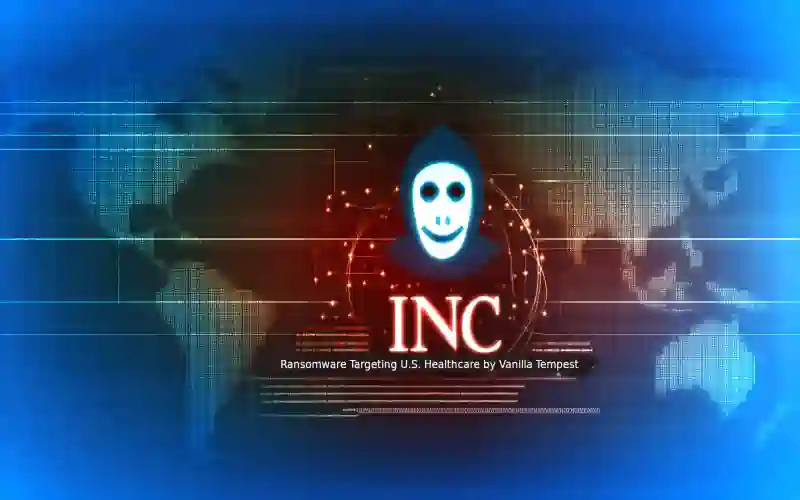
“Microsoft Exposes ‘Vanilla Tempest’: A New Ransomware Threat Targeting U.S. Healthcare Sector”
**Exploring the Rise of INC Ransomware in U.S. Healthcare: A Deep Dive into Vanilla Tempest’s Operations**
In the shadowy corridors of cyber threats, a new menace has emerged, casting a long and ominous shadow over the U.S. healthcare sector. Microsoft has recently disclosed unsettling details about a financially motivated threat actor deploying a ransomware strain known as INC. This marks the first time this particular strain has been used to target healthcare institutions in the United States, signaling a disturbing escalation in cybercriminal tactics.
The operations of this threat actor, which Microsoft’s threat intelligence team refers to as Vanilla Tempest (formerly known as DEV-0832), are complex and multifaceted. Initially, Vanilla Tempest receives critical support from infections orchestrated by another threat actor known as Storm-0494, utilizing the GootLoader infection framework. This initial compromise sets the stage for a series of malicious activities that include deploying tools such as the Supper backdoor, the legitimate AnyDesk remote monitoring and management tool, and the MEGA data synchronization tool. These tools collectively facilitate unauthorized access and control, paving the way for further nefarious actions.
Transitioning smoothly into the next phase of their attack, Vanilla Tempest exhibits a chilling proficiency in maneuvering within the compromised networks. They exploit Remote Desktop Protocol (RDP) for lateral movement, a technique that allows them to navigate across systems within the network quietly and efficiently. Following this, they employ the Windows Management Instrumentation (WMI) Provider Host to deploy the dreaded INC ransomware payload. This final step encrypts the victim’s data, effectively holding it hostage to ransom demands.
It is important to note that Vanilla Tempest is not a newcomer to the cybercrime arena. Active since at least July 2022, this group has previously targeted sectors including education, IT, and manufacturing with various ransomware families like BlackCat, Quantum Locker, Zeppelin, and Rhysida. Their adaptability in using different ransomware tools demonstrates a high level of sophistication and strategic planning.
Interestingly, Vanilla Tempest is also known under another alias: Vice Society. This group is particularly notorious for its strategy of employing pre-existing ransomware (“lockers”) rather than developing custom tools. This approach not only saves them time and resources but also allows them to execute attacks with chilling speed and efficiency.
The rise of Vanilla Tempest and its use of INC ransomware comes at a time when other ransomware groups are also evolving their techniques. Groups like BianLian and Rhysida have been observed increasingly leveraging tools such as Azure Storage Explorer and AzCopy. These tools are typically used for managing Azure storage but have been repurposed by cybercriminals for large-scale data extraction to cloud storage. This tactic is particularly worrisome as it suggests an ongoing trend of threat actors exploiting legitimate services to fly under the radar of traditional cybersecurity defenses.
The revelation by Microsoft serves as a stark reminder of the persistent and evolving threats posed by cybercriminals, especially in sectors as critical as healthcare. With sensitive patient data at risk, it is imperative for healthcare institutions to bolster their cybersecurity measures and remain vigilant against such sophisticated attacks. The battle against ransomware is far from over, and as we move forward, staying informed and prepared is our best defense against these digital predators lurking in the vast cyber wilderness.














